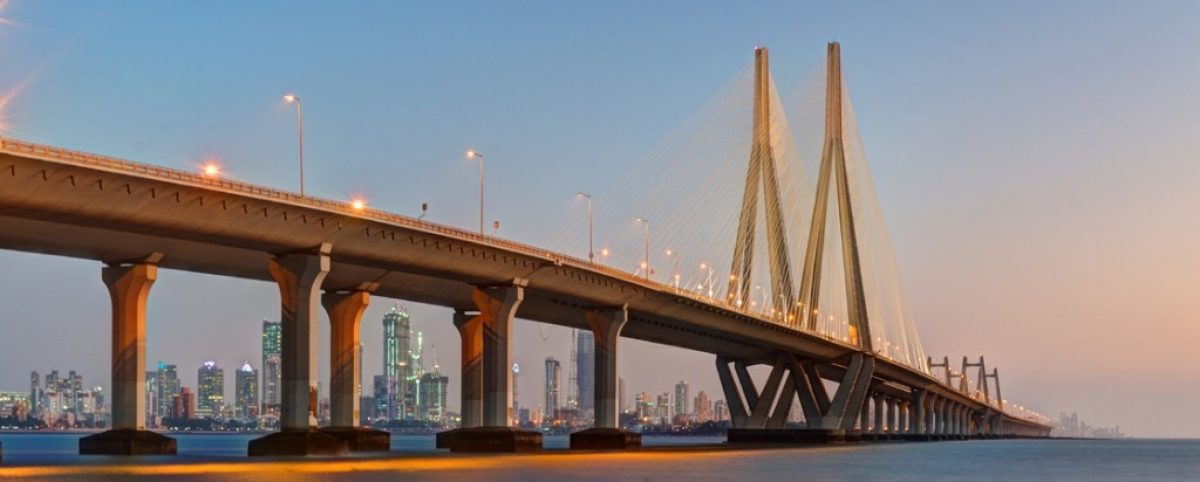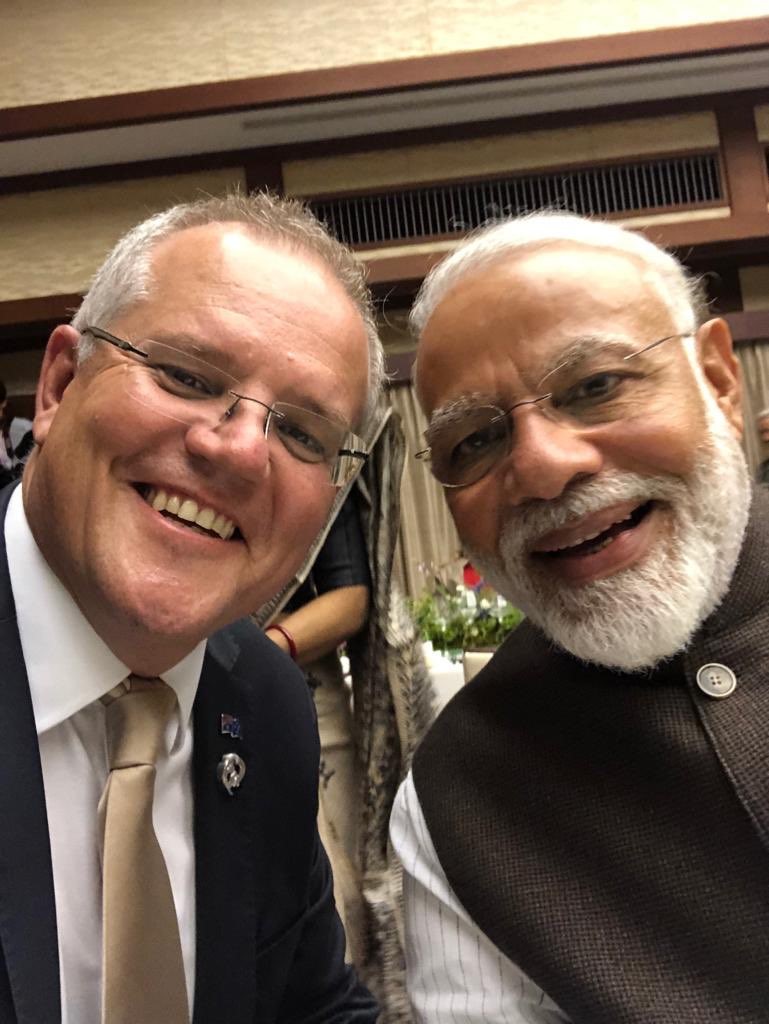The launch by India on 18 December of its Australia Economic Strategy (AES) – the first of its kind for India – could be an exciting step along the way to increased trade. As KPMG has expressed it: “It demonstrates India’s intent to fast-track the relationship with Australia in a post-pandemic world.” Exciting.
My view is that as Australia and India move closer together, opportunities will emerge for the two to create and lead an “Indian Ocean Countries Group” – a pathway to peace and prosperity in our region.

The AES is India’s response to Australia’s An India Economic Strategy to 2035 (IES), launched two years ago.
The AES adds to the Comprehensive Strategic Partnership (CSP) announced by Prime Ministers Morrison and Modi in June 2020 – and both are real evidence that India and Australia are moving closer together.
Three pillars of India’s strategy
The AES is based on three pillars: resources; technology & services; and research & innovations.
Five key sectors
According to KPMG there are five key sectors:
The first is Indian investment in Australia’s mining and resources sector, especially lithium, cobalt and nickel, important for a rapidly growing e-vehicle market.
Second is Indian investment in renewable energy both in the establishment & operation of solar farms as well as the supply of EPC services with Sterling Wilson Solar Limited being a case in point.
Third is health and pharmaceuticals. Collaboration in clinical trials, cancer research, medical & health-tech and training, knowledge transfer and sharing of Australian best practices in hospital administration and patient care.
Fourth is investment in Australia’s agribusiness sector including farmlands and Australian food processing capabilities. There is also significant potential for knowledge sharing and collaboration in best practices for dairy processing.
The fifth is software & information technology. India’s tech giants already have sizeable operations in Australia with further organic and inorganic growth on the cards and an opportunity to extend their business portfolio into government accounts. Further, as Australia looks to build up internal capability and capacity, there is opportunity for the tech giants to set-up centres of excellence or innovation hubs in strategically important areas such as cyber security, cloud and digital, for Australia and the wider ASPAC region.
Make in India program
The new AES, and IES and the wider strategic partnership, all serve to complement India’s flagship Make in India program, which makes India a credible alternative for lower cost manufacturing for Australian companies as they look to diversify business and supply chain risk in a post pandemic world.
Conclusion
Close relations have historically been built on a combination of defence/strategic alliances, mutual investment and trade.
For Australia and India, the future is looking bright in all three areas.




